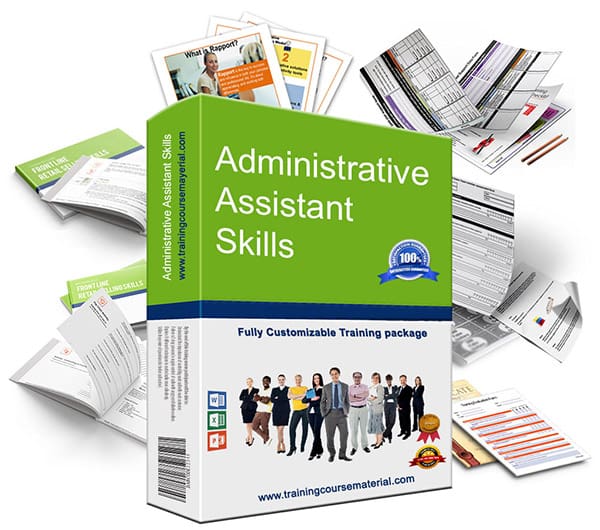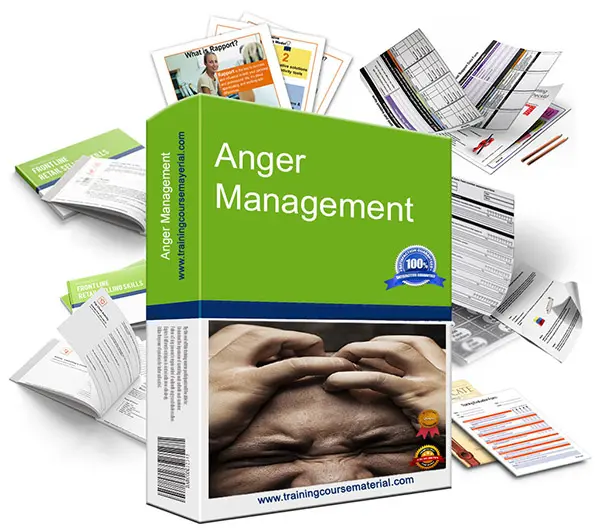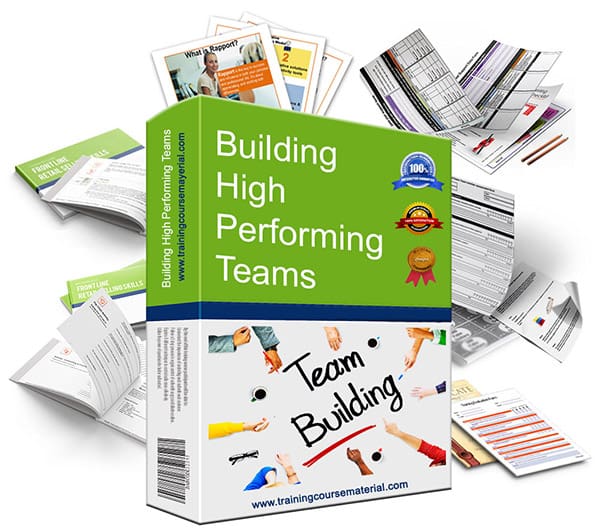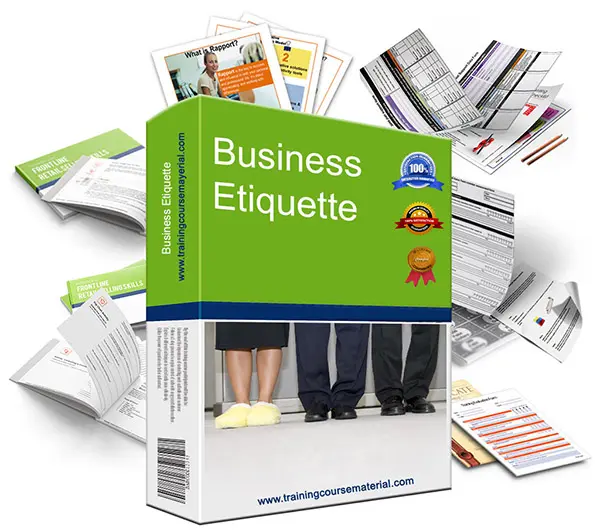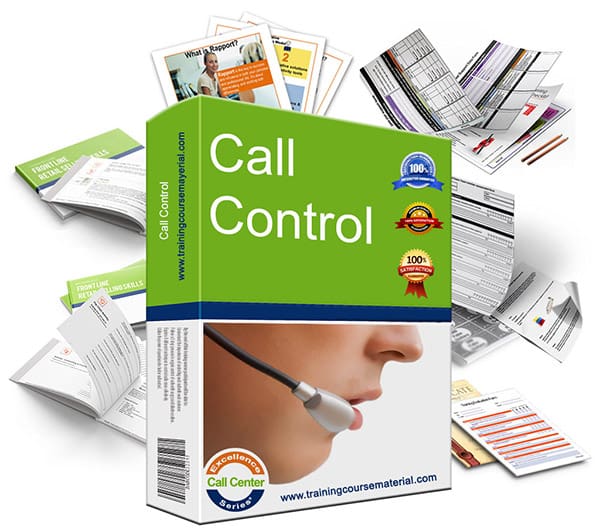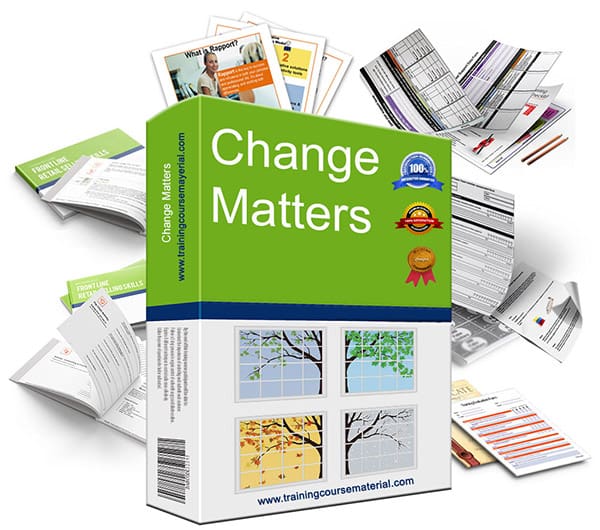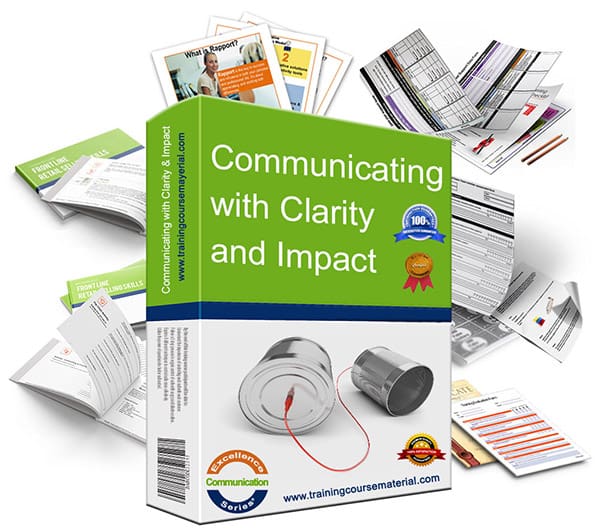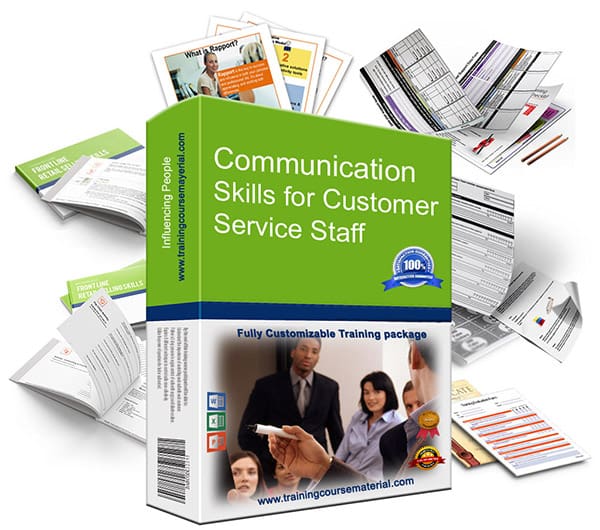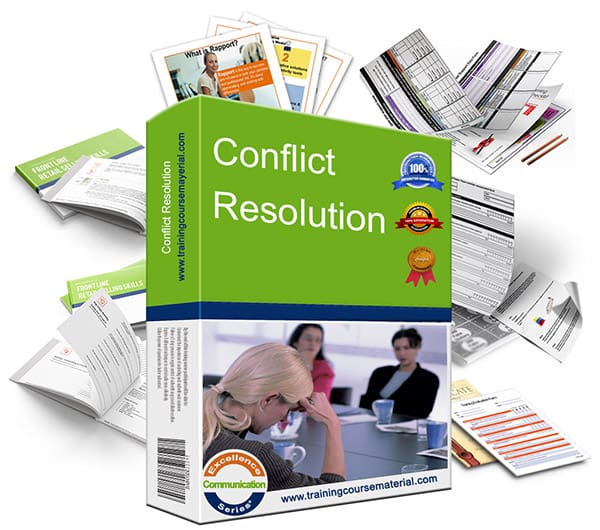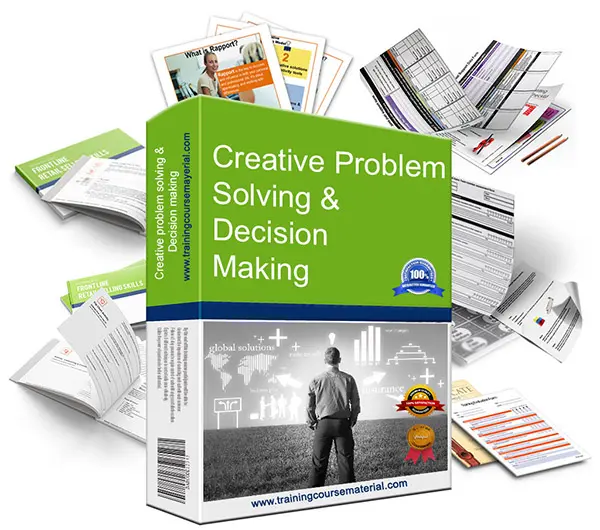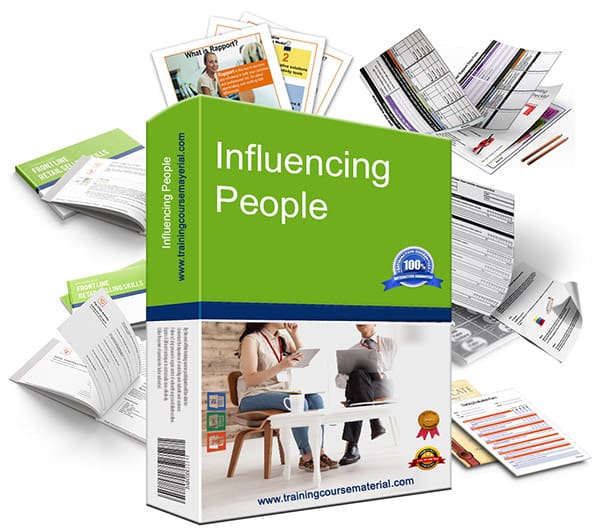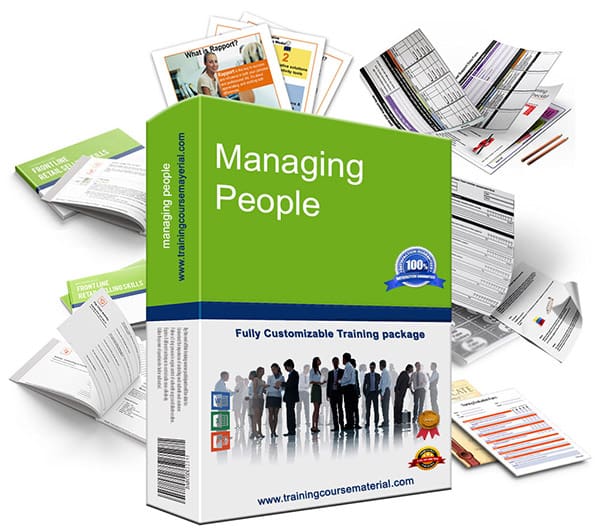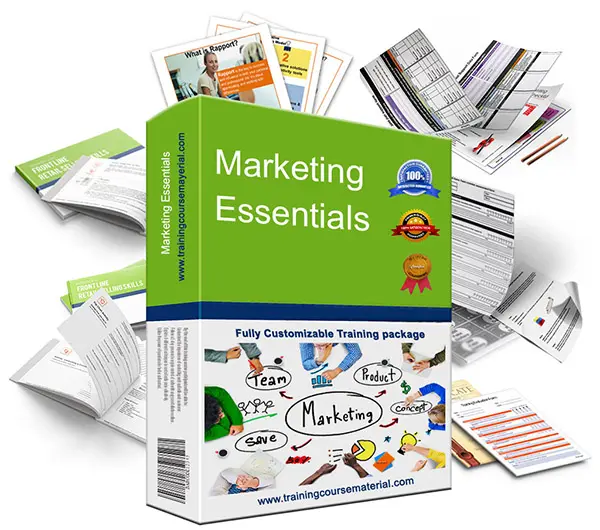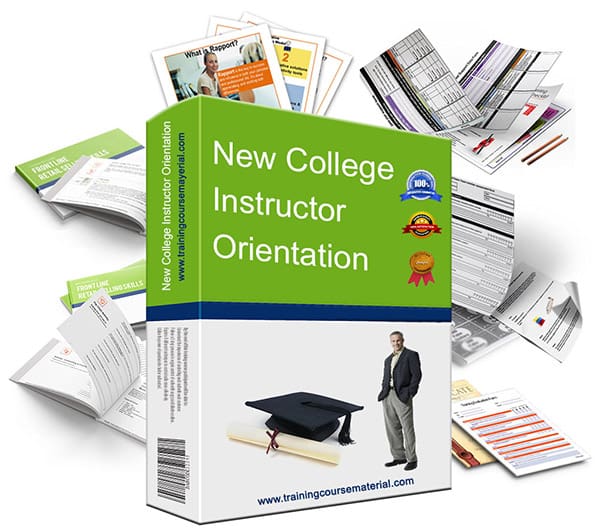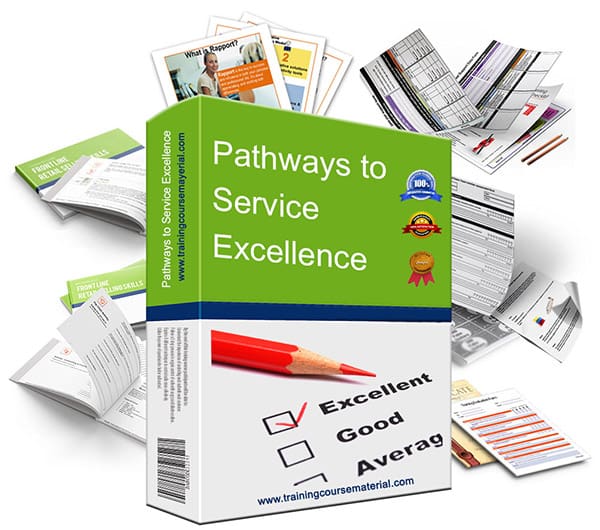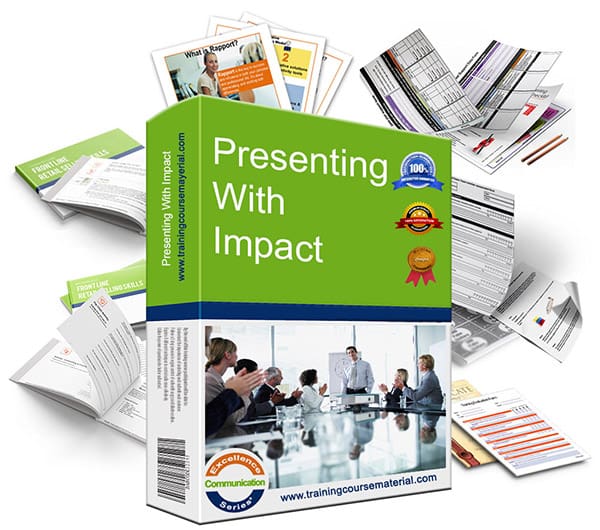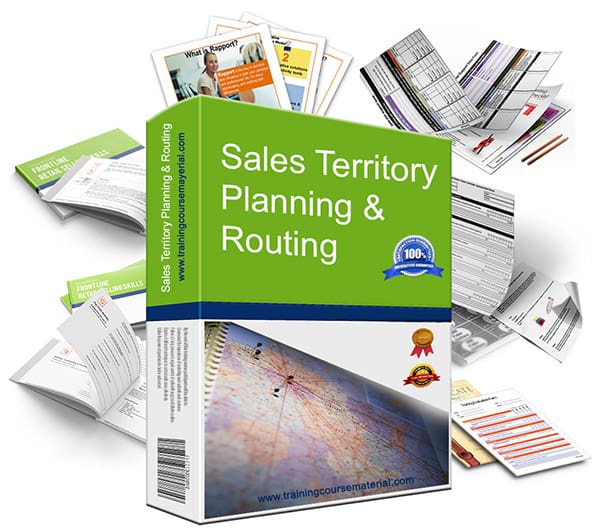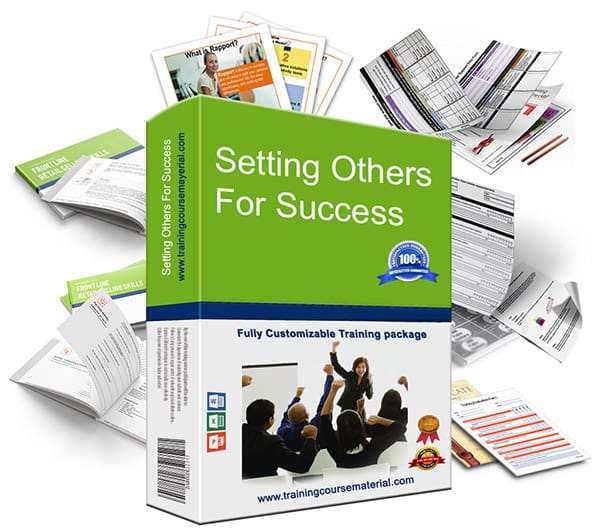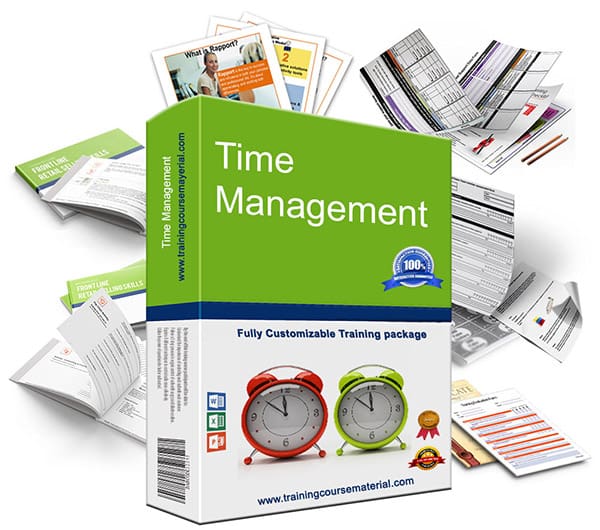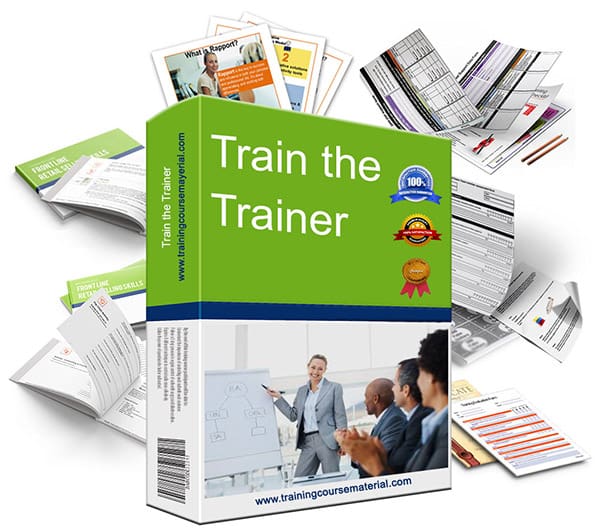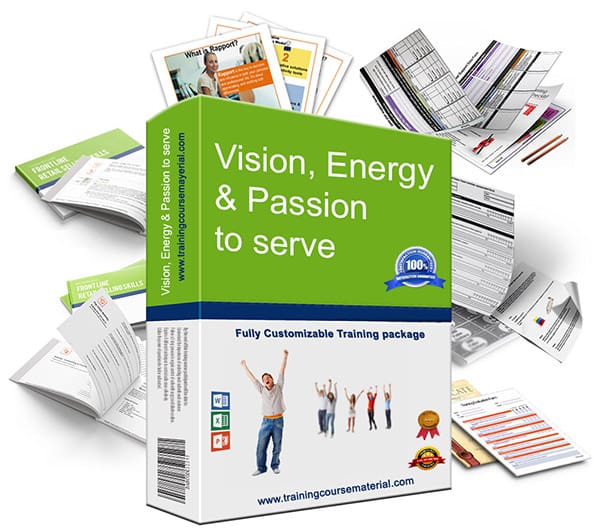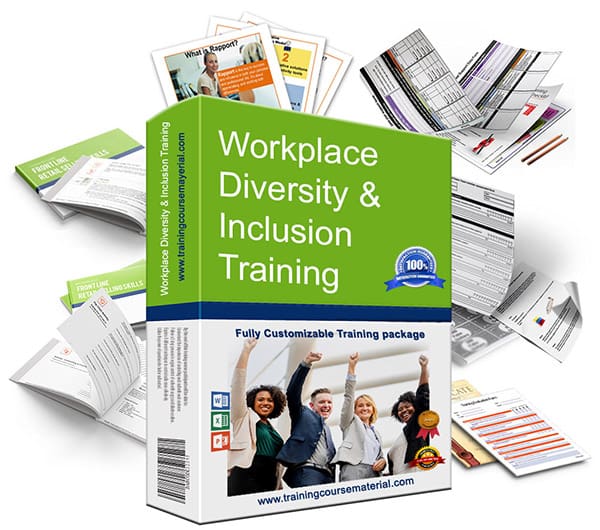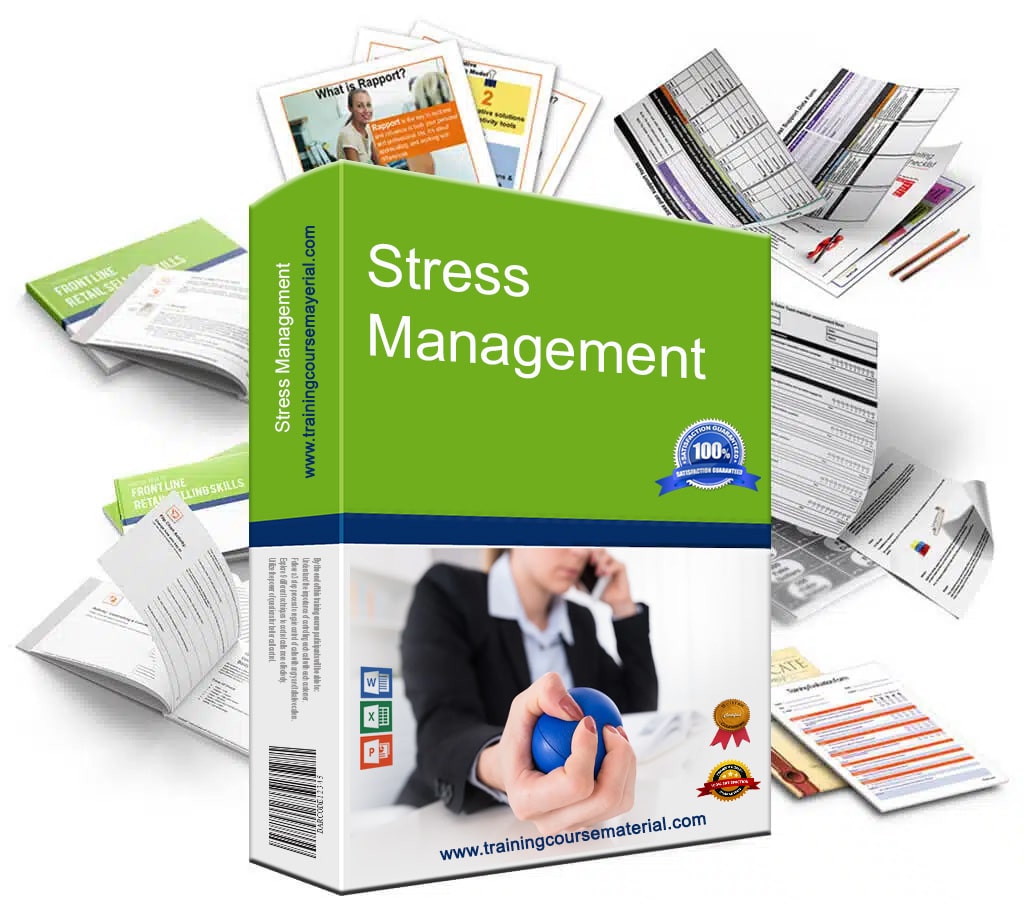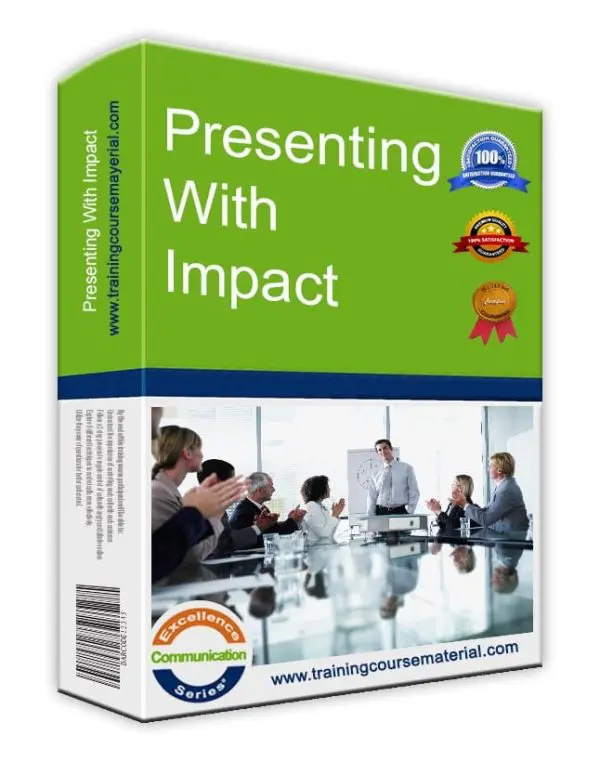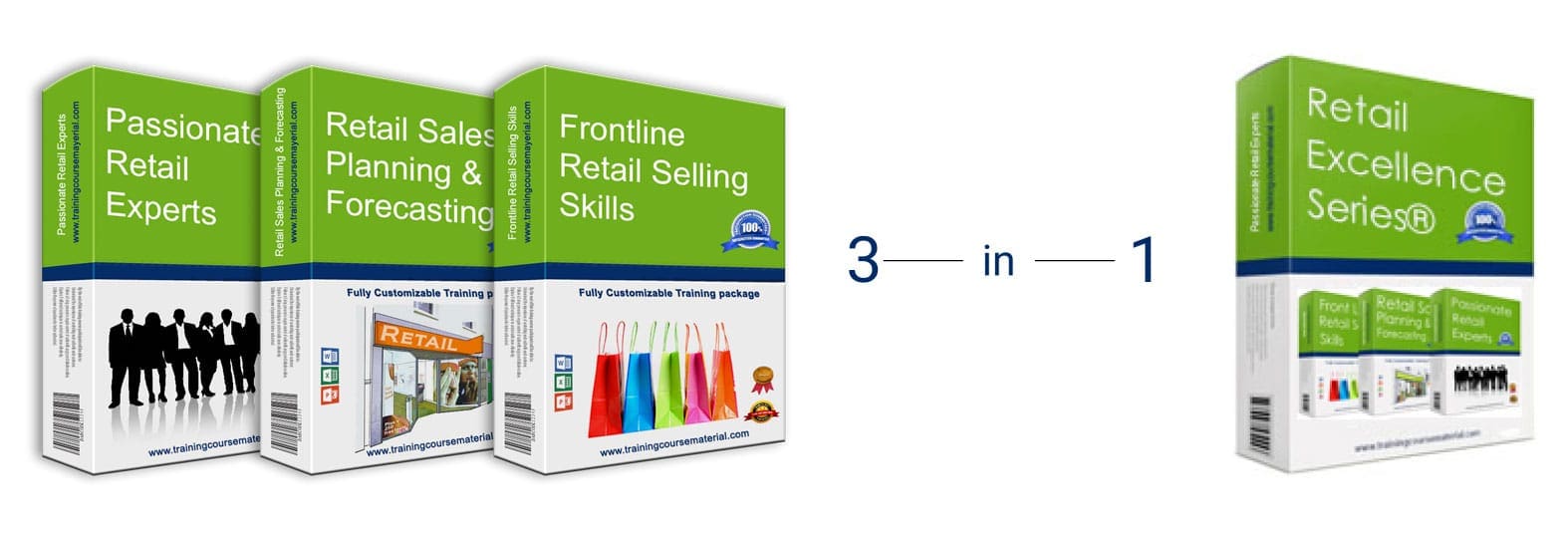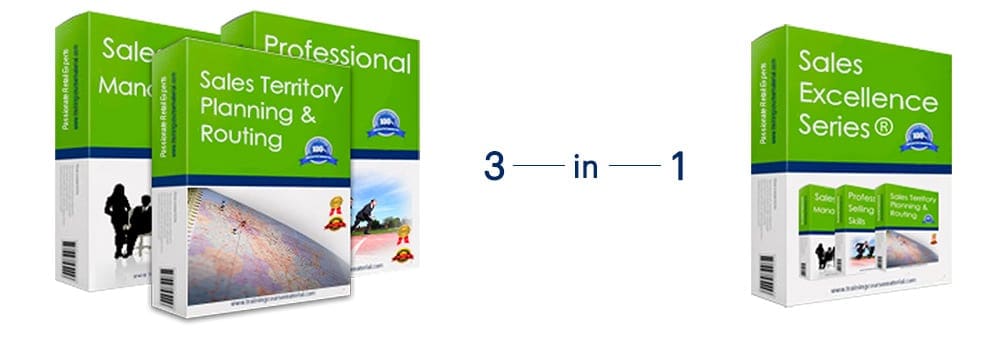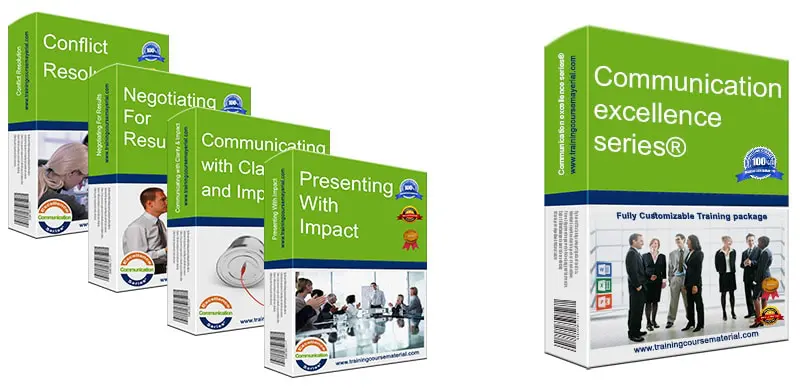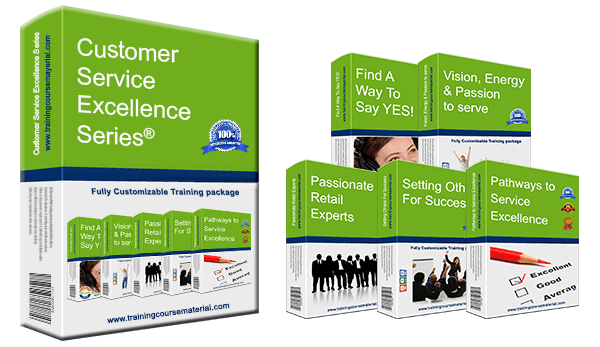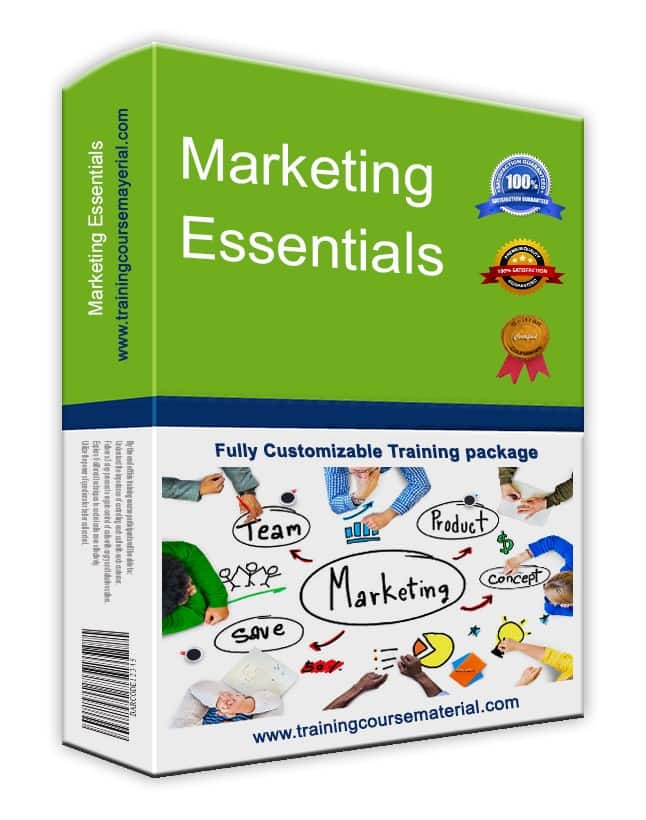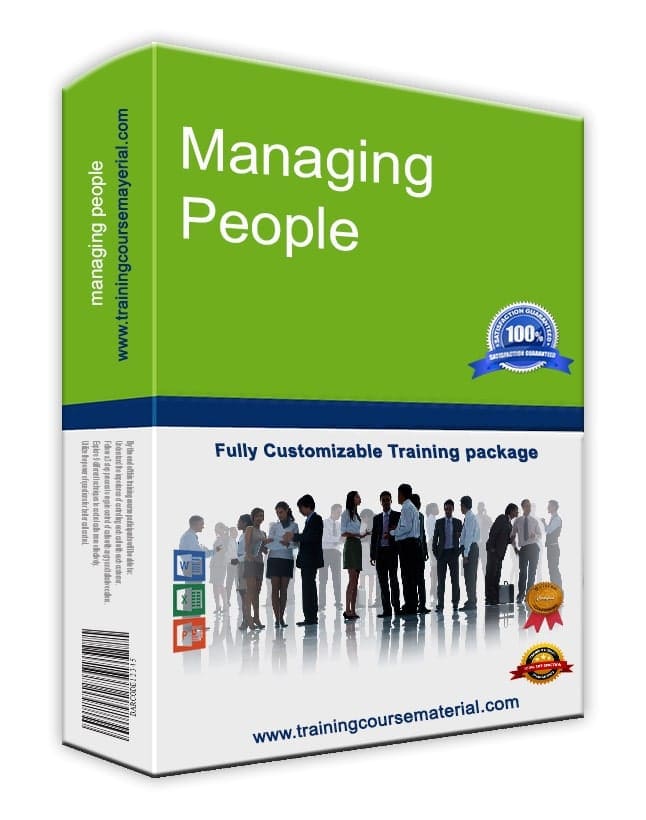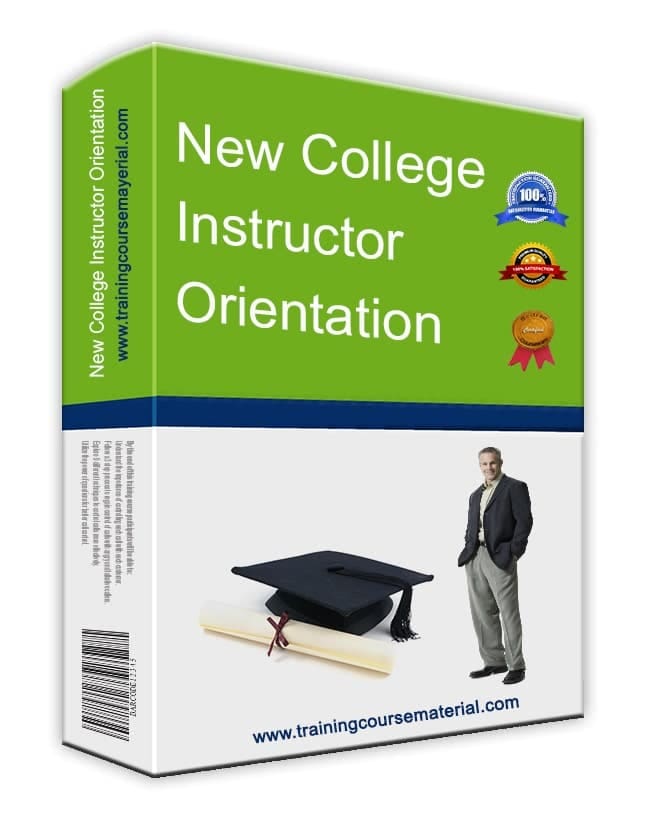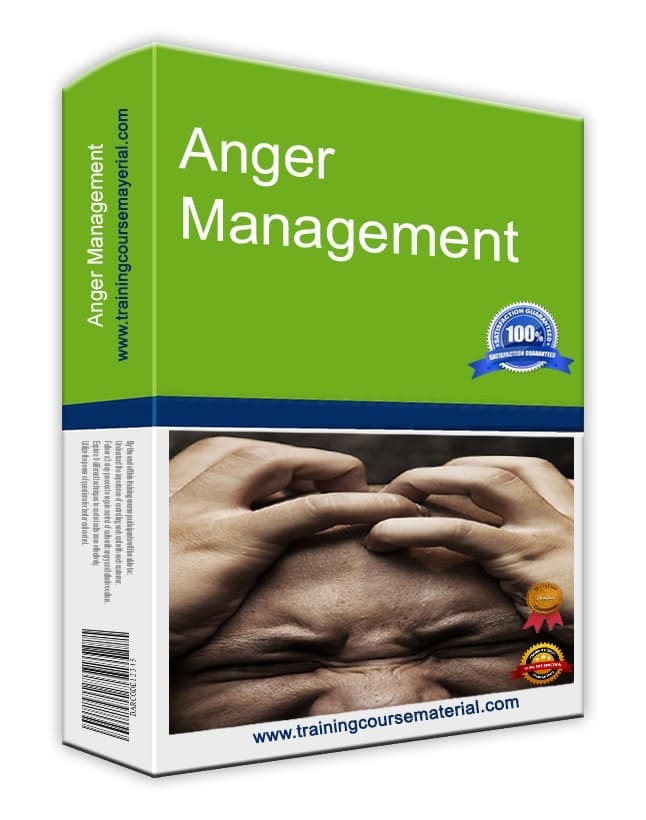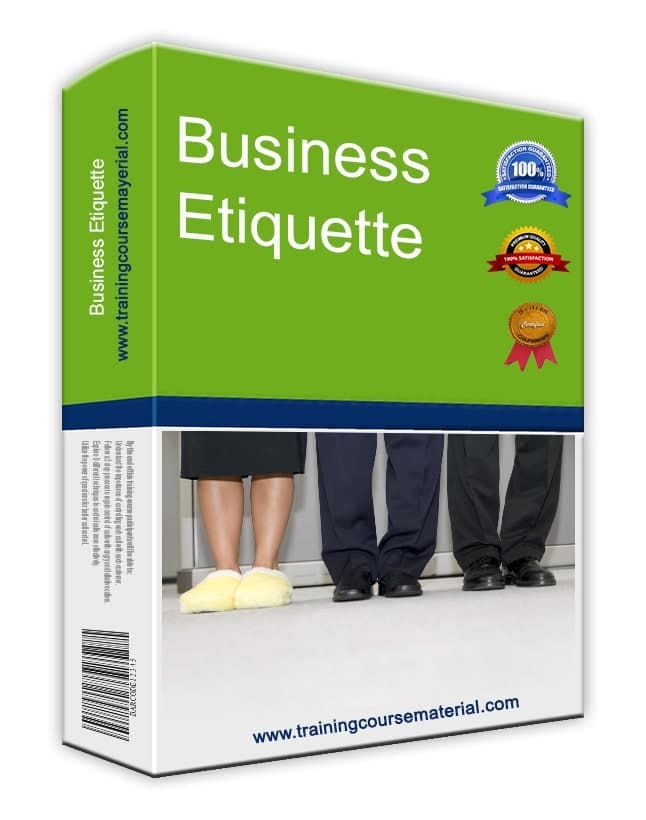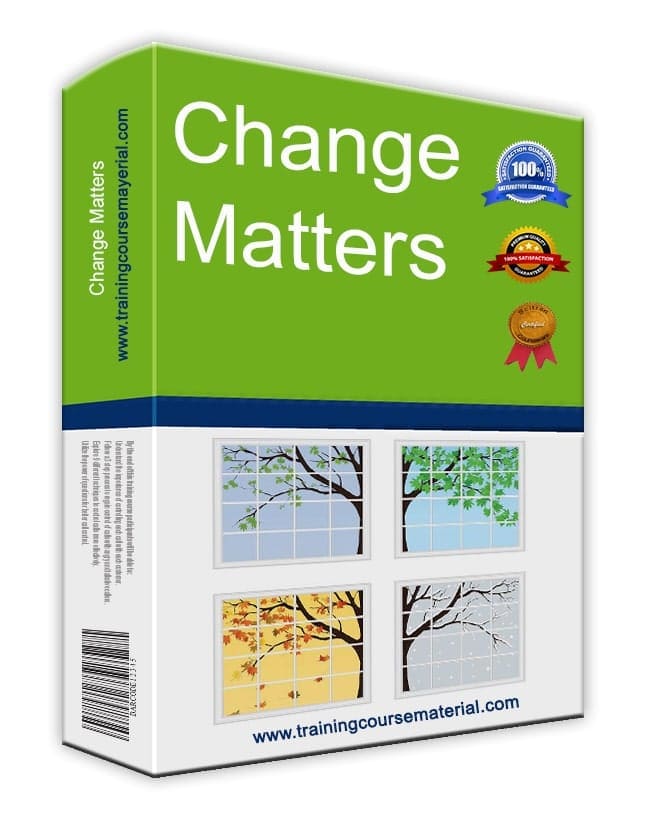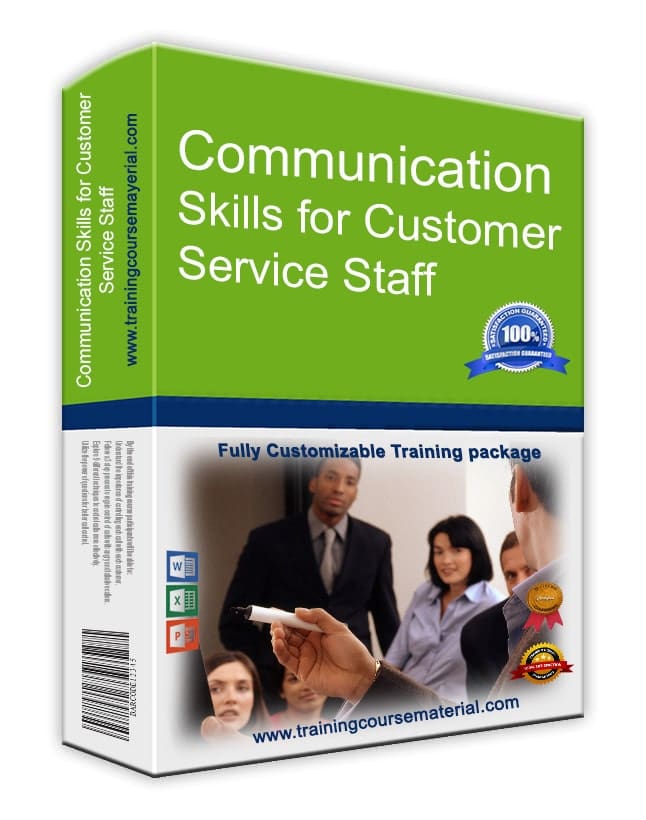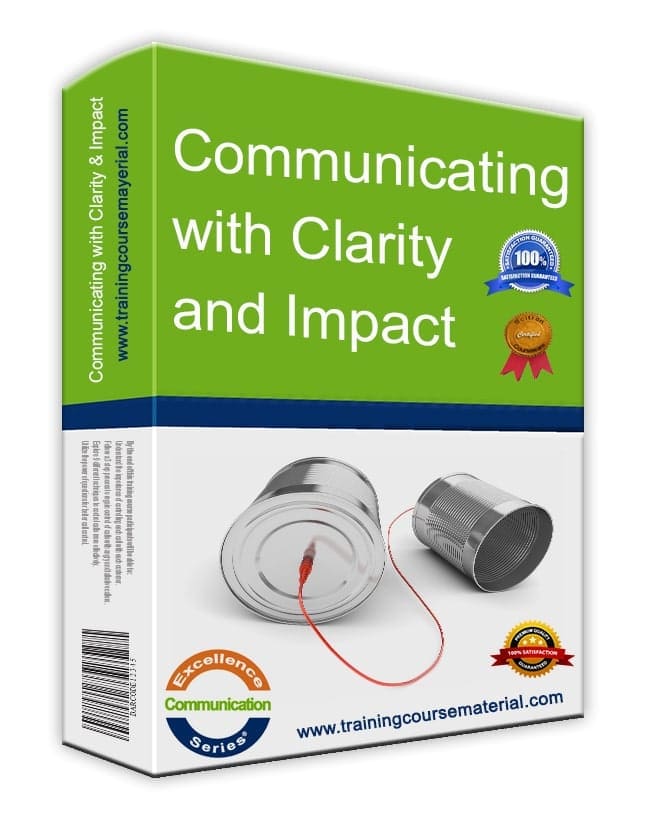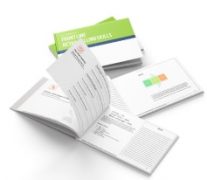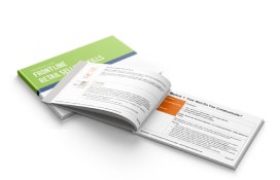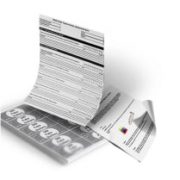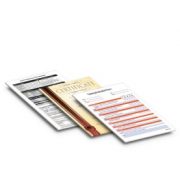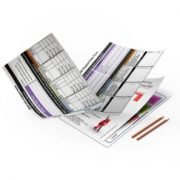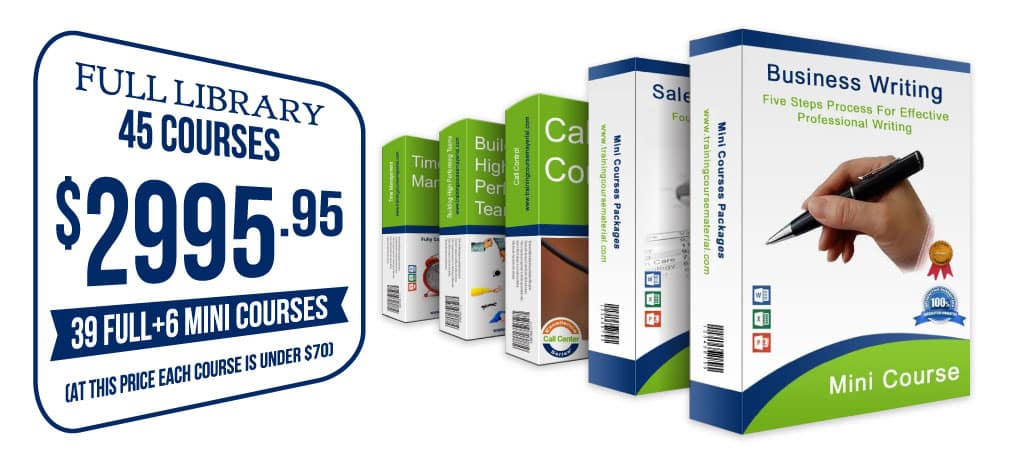Written by TrainingCourseMaterial.com – corporate training specialists with over 15 years of experience helping professionals present with clarity and confidence.
Three Key Stages of Preparation
1. Gathering Information
Start with a mind map. Lay out everything you know—and everything that comes to mind—on a single sheet of paper. Use a non-linear, visual structure. This mirrors how the brain works and helps spark associations you might miss with a rigid outline.
2. Editing Your Material
Clarify your aim and ask:
- Who is my audience?
- What do they already know?
- What do I want to tell them?
- How much time do I have?
Strip away anything irrelevant. Focus on what supports your core message. You won’t have time to say everything—focus on what matters most to this audience.
3. Preparing Notes
Use large, easy-to-read print on file cards or color-coded sheets. One card for the intro, one for each theme, one for the conclusion. Use bullet points and keywords—not scripts—to stay natural and engaging. Number your cards to keep them in order.
Structure Matters: Build Around 3 Sections
Every effective presentation has a clear structure:
- Introduction – 10%
- Main Themes – 80%
- Conclusion – 10%
1. Beginning
Start strong—hook your audience with a compelling fact, a quick story, or a strong question. Establish your credibility. Tell them what the talk is about, how long it’ll take, and how you’ll handle questions.
2. Middle
Stick to your roadmap. Use transitions between sections. Keep your points clear and your sequence logical—your audience should never feel lost. Be a guide, not just a speaker.
3. Ending
Wrap up cleanly—restate your key points, summarize conclusions, and give recommendations if relevant. Take questions (if that was your plan), then close confidently and thank the audience.
📋 Free Presentation Skills Self-Assessment
Check your current level of confidence and clarity in presentations. Use our free tool to reflect and identify improvement areas.
🎯 Presenting With Impact – Downloadable Training Package
Equip yourself or your team with a complete training solution. This editable package includes guides, slides, and activities to build presentation skills that stick.
👤 About the Author
TrainingCourseMaterial.com creates customizable training content used by thousands of trainers, HR professionals, and team leaders around the world.
Reviewed and fact-checked by the TrainingCourseMaterial.com editorial team on .

